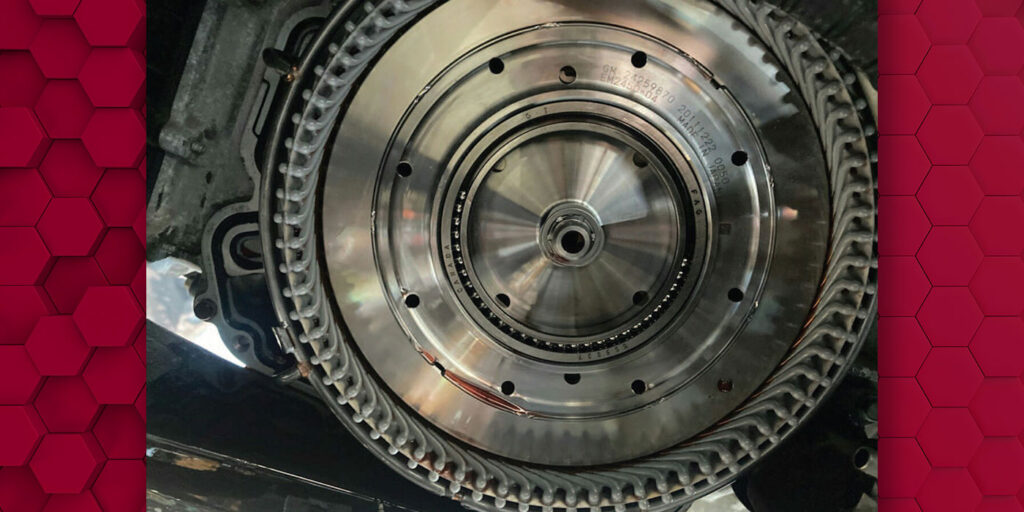There is a Preliminary Information (PI) paper published by GM regarding a concern with 2011 to 2013 Chevy Volt using a 4ET50 transmission. The PI paper explains that some customers may comment on a whistle, scrape or whine type noise while driving that may be more noticeable during regenerative braking. Technicians may find this noise emanating from the left side of the drive unit (transmission). The tech may also note that the vehicle has a current or history code P0A46: Drive Motor B Position Sensor Performance.
The PI paper provides one possibility for this noise saying that it may be caused by a separated electric drive motor B rotor bearing cage. The good news is that there is a revised bearing available for purchase under part number 24259842.
The other good news is this can be an in-car repair. Of course, one must always use employee industry standard procedures and practices when working on high voltage vehicles. And when working on repairing this noise, the transmission does not need to be removed. Nor does the motor needs to be removed to make the repair. Like a 6T70, there is a side cover which can be removed that will expose this bearing.
Steve from Shifting Gears Transmissions tackled one of these in his shop and he was kind enough to send us a photo (above) showing how this bearing has been compromised producing the noise.
Based on this, it is recommended to inspect the side cover for abnormal bushing wear. If it is worn, either a custom bushing will need to be made or the cover will have to be replaced. GM provides special tools to remove and install this bearing if you need them: these are DT-47865, DT-22928-B and J-45124.














